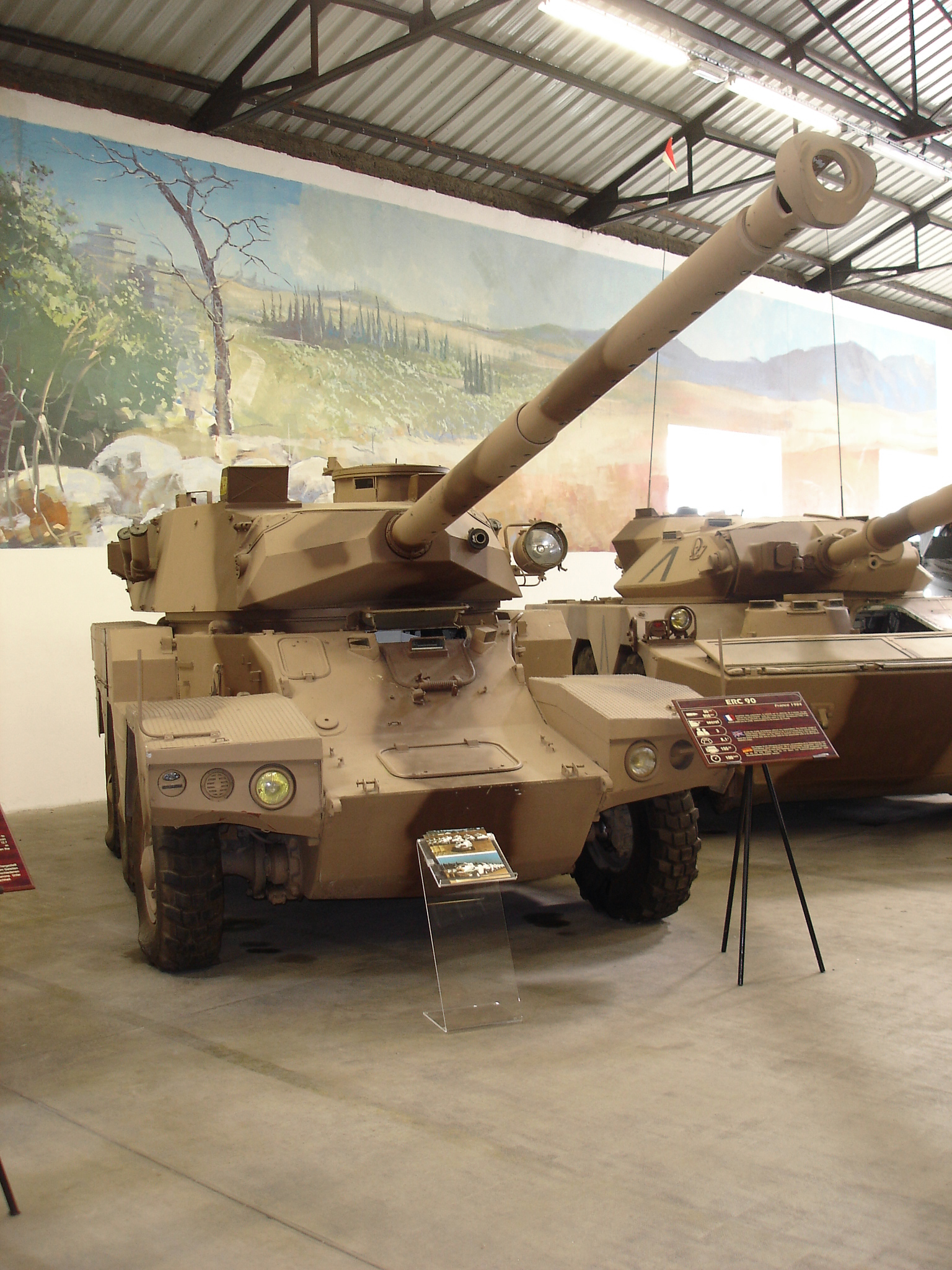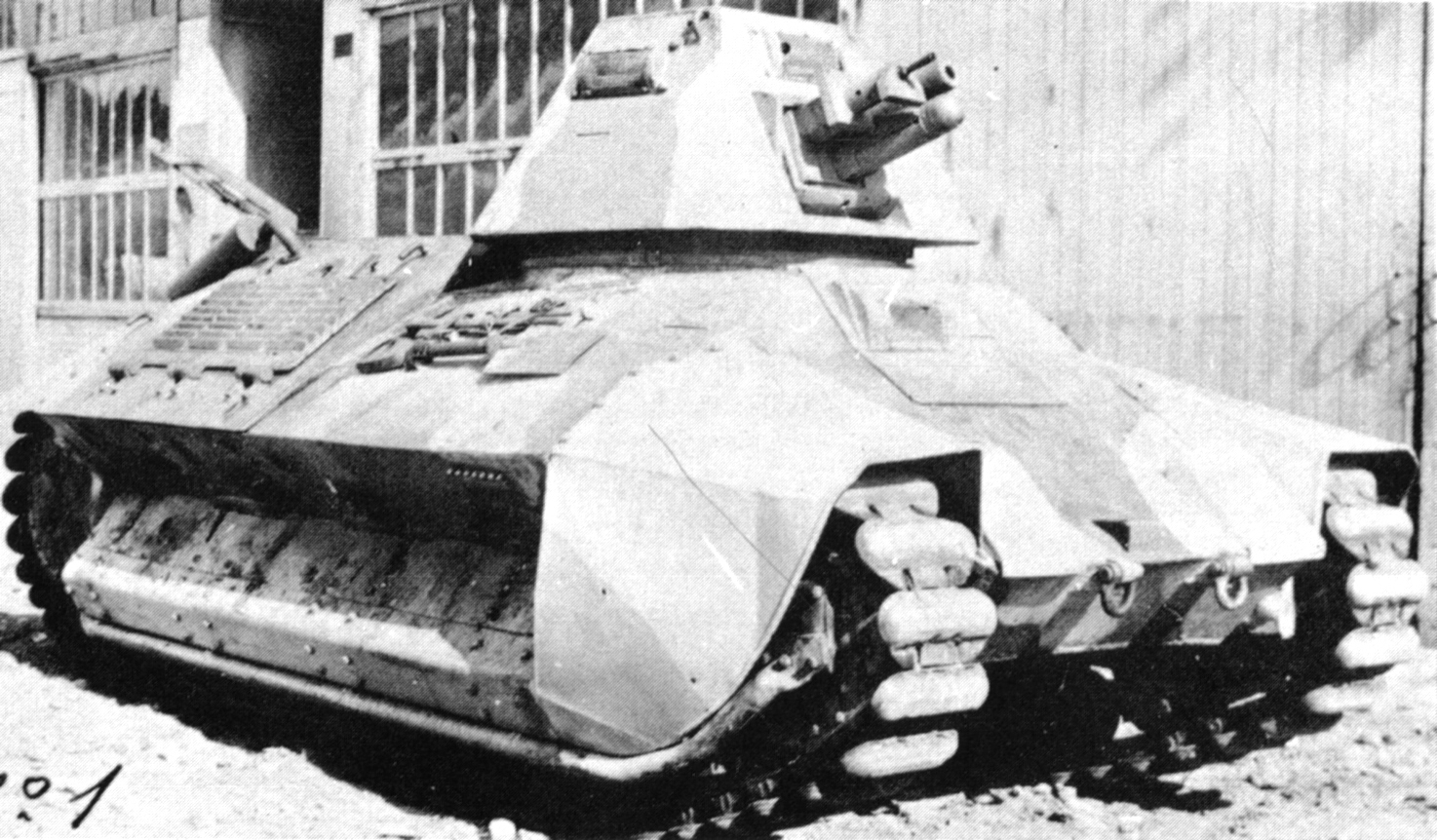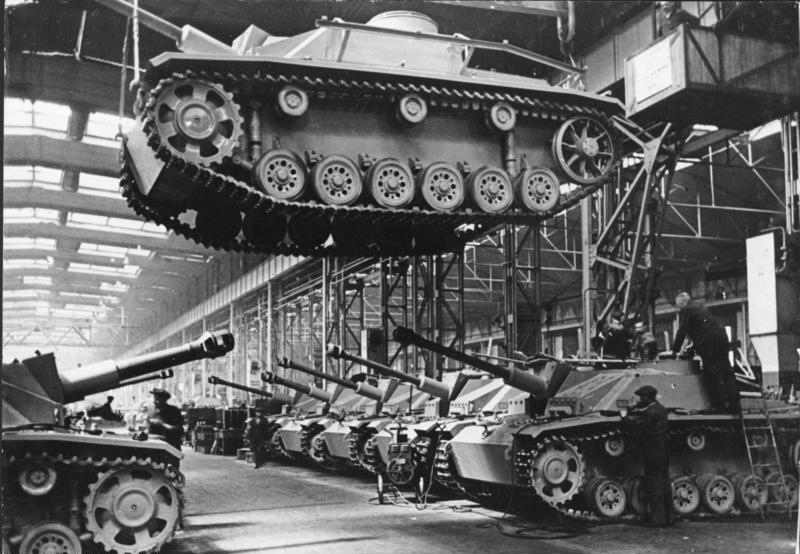|
Marder I
The ''Marder I'' "Marten" (Sd.Kfz. 135) was a German World War II tank destroyer, armed with a 75 mm Pak-40 anti-tank gun. Most Marder Is were built on the base of the ''Tracteur Blindé'' 37L (Lorraine), a French artillery tractor/armoured personnel carrier of which the Germans had acquired more than 300 units after the Fall of France in 1940. History From the early stages of Operation Barbarossa the Wehrmacht became aware that their ability to combat some of the Soviet tanks was inadequate. The lighter tanks then in general service, such as the Panzer II and the Czech built 38(t), were under-armoured and did not mount an adequate gun to deal with the newer Soviet tanks. In addition, the standard towed anti-tank gun of the Wehrmacht, the 37 mm 3.7 cm Pak 36, was both difficult to get into position quickly and lacked the ability to penetrate the heavy sloped armour of the new Soviet tanks. What was needed was a more powerful anti-tank gun that was mobile. The Germ ... [...More Info...] [...Related Items...] OR: [Wikipedia] [Google] [Baidu] |
Musée Des Blindés
The ''Musée des Blindés'' ("Museum of Armoured Vehicles") or ''Musée Général Estienne'' is a tank museum located in the Loire Valley of France, in the town of Saumur. It is now one of the world's largest tank museums. It began in 1977 under the leadership of Colonel Michel Aubry, who convinced both the French military hierarchy and the local political authorities. Started years ago with only a few hundred tracked vehicles, it has become a world-class collection which attracts visitors interested in the history of multinational tank development as well as professional armor specialists. From the very beginning, Colonel Aubry had made it a key policy of the museum to restore to running condition as many historically or technically significant vehicles as was feasible. The museum has the world's largest collection of armoured fighting vehicles and contains well over 880 vehicles, although the British Tank Museum has a larger number of tanks. Because of shortage of space, ... [...More Info...] [...Related Items...] OR: [Wikipedia] [Google] [Baidu] |
T-34
The T-34 is a Soviet medium tank introduced in 1940. When introduced its 76.2 mm (3 in) tank gun was less powerful than its contemporaries while its 60-degree sloped armour provided good protection against Anti-tank warfare, anti-tank weapons. The Christie suspension was inherited from the design of American J. Walter Christie's M1928 tank, versions of which were sold turret-less to the Red Army and documented as "farm tractors", after being rejected by the U.S. Army. The T-34 had a profound effect on the conflict on the Eastern Front (World War II), Eastern Front in the World War II, Second World War, and had a short lasting impact on tank design. After the Germans encountered the tank in 1941 during Operation Barbarossa, German general Paul Ludwig Ewald von Kleist called it "the finest tank in the world" and Heinz Guderian affirmed the T-34's "vast superiority" over German tanks. Alfred Jodl, chief of operations staff of the German armed forces noted in his war diar ... [...More Info...] [...Related Items...] OR: [Wikipedia] [Google] [Baidu] |
Eastern Front (World War II)
The Eastern Front of World War II was a Theater (warfare), theatre of conflict between the European Axis powers against the Soviet Union (USSR), Polish Armed Forces in the East, Poland and other Allies of World War II, Allies, which encompassed Central Europe, Eastern Europe, Northern Europe, Northeast Europe (Baltic states, Baltics), and Southeast Europe (Balkans) from 22 June 1941 to 9 May 1945. It was known as the Great Patriotic War (term), Great Patriotic War in the Soviet Union – and still is in some of its successor states, while almost everywhere else it has been called the ''Eastern Front''. In present-day German and Ukrainian historiography the name German-Soviet War is typically used. The battles on the Eastern Front of the Second World War constituted the largest military confrontation in history. They were characterised by unprecedented ferocity and brutality, wholesale destruction, mass deportations, and immense loss of life due to combat, starvation, expos ... [...More Info...] [...Related Items...] OR: [Wikipedia] [Google] [Baidu] |
Hotchkiss Et Cie
Société Anonyme des Anciens Etablissements Hotchkiss et Compagnie was a French arms and, in the 20th century, automobile manufacturer first established by United States gunsmith Benjamin B. Hotchkiss. He moved to France and set up a factory, first at Viviez near Rodez in 1867, manufacturing arms used by the French in the Franco-Prussian War of 1870, then moving at Saint-Denis near Paris in 1875. It was merged into and succeeded by Thomson-CSF, now Thales Group. Arms An example of the company's output was the Hotchkiss revolving cannon (see picture from a privately circulated book dated 1874 by Alfred Koerner, later chairman of the company). The cannon had five barrels each able to fire 43 shells a minute a distance of one mile; it was made in four sizes from 37 mm to 57 mm, the largest intended for naval use. At the turn of the twentieth century, the company introduced the gas-actuated Hotchkiss machine gun, a sturdy and reliable weapon which was widely used duri ... [...More Info...] [...Related Items...] OR: [Wikipedia] [Google] [Baidu] |
FCM 36
The FCM 36 or ''Char léger Modèle 1936 FCM'', was a light infantry tank that was designed for the French Army prior to World War II. It had a crew of two and was equipped with a short 37 mm main armament and a 7.5 mm coaxial machine gun. Power was provided by a diesel engine. Development In 1933 the Hotchkiss company proposed to build a cheap mass-produced light infantry tank. In reaction to this proposal the French Army invited the whole of French industry to offer alternative designs. In the end three of the competing prototypes would be taken into production: the Hotchkiss H35, the Renault R35 and the FCM 36. The ''Forges et Chantiers de la Méditerranée'' (FCM), located at Toulon, had some previous experience with tank production as it had constructed the ten giant Char 2C tanks in 1921 and had been involved in the development of the Char B1. Engineer Bourdot, who had designed the suspension of the Char B, was ordered to create a modern tank design taking full ... [...More Info...] [...Related Items...] OR: [Wikipedia] [Google] [Baidu] |
Hotchkiss H35
The Hotchkiss H35 or was a French cavalry tank developed prior to World War II. Despite having been designed from 1933 as a rather slow but well-armoured light infantry support tank, the type was initially rejected by the French Infantry because it proved difficult to steer while driving cross-country, and was instead adopted in 1936 by the French Cavalry arm. From 1938 an improved version was produced with a more powerful engine, the ''Char léger modèle 1935 H modifié 39'', which from 1940 was also fitted with a longer, more powerful 37 mm gun. It was intended to make this improved variant the standard light tank, with at least four thousand produced to equip new armoured divisions of both the Cavalry and the Infantry arms, but due to the defeat of France in June 1940, total production of both subtypes was limited to about 1200 vehicles. For the remainder of the war Germany and its allies used captured Hotchkiss tanks in several modifications. Development In 1926, ... [...More Info...] [...Related Items...] OR: [Wikipedia] [Google] [Baidu] |
Small Arms
A firearm is any type of gun designed to be readily carried and used by an individual. The term is legally defined further in different countries (see Legal definitions). The first firearms originated in 10th-century China, when bamboo tubes containing gunpowder and pellet projectiles were mounted on spears to make the portable fire lance, operable by a single person, which was later used effectively as a shock weapon in the Siege of De'an in 1132. In the 13th century, fire lance barrels were replaced with metal tubes and transformed into the metal-barreled hand cannon. The technology gradually spread throughout Eurasia during the 14th century. Older firearms typically used black powder as a propellant, but modern firearms use smokeless powder or other propellants. Most modern firearms (with the notable exception of smoothbore shotguns) have rifled barrels to impart spin to the projectile for improved flight stability. Modern firearms can be described by their caliber (i.e ... [...More Info...] [...Related Items...] OR: [Wikipedia] [Google] [Baidu] |
Alkett
Alkett (german: Altmärkische Kettenwerk GmbH, lit=Altmark track works) was a major manufacturer of armored vehicles for the Wehrmacht during World War II. The main factory was located in Berlin-Borsigwalde on the Breitenbachstraße. As more sites were added, the name changed to Altmärkische Kettenwerke. Founded Alkett was founded in 1937 as a subsidiary of Rheinmetall-Borsig AG, which in turn was a subsidiary of the government-controlled Reichswerke Hermann Göring. The main facility was sited on the Rota-wagon and Maschinenbau GmbH plants, which had not been in use since 1928. Production plants Factory I The site at Breitenbachstraße 33-36, the later Plant I, had to be extensively rebuilt. The administrative headquarters were located to the left of the main entrance. The basement housed a canteen for the employees. To the right of the main entrance a fire department was located, along with the workshop, and an electrical substation for supplying the electric pow ... [...More Info...] [...Related Items...] OR: [Wikipedia] [Google] [Baidu] |
Chassis
A chassis (, ; plural ''chassis'' from French châssis ) is the load-bearing framework of an artificial object, which structurally supports the object in its construction and function. An example of a chassis is a vehicle frame, the underpart of a motor vehicle, on which the body is mounted; if the running gear such as wheels and transmission, and sometimes even the driver's seat, are included, then the assembly is described as a rolling chassis. Examples of use Vehicles In the case of vehicles, the term ''rolling chassis'' means the frame plus the "running gear" like engine, transmission, drive shaft, differential and suspension. An underbody (sometimes referred to as "coachwork"), which is usually not necessary for integrity of the structure, is built on the chassis to complete the vehicle. For commercial vehicles, a rolling chassis consists of an assembly of all the essential parts of a truck without the body to be ready for operation on the road. A car chassis wi ... [...More Info...] [...Related Items...] OR: [Wikipedia] [Google] [Baidu] |
Alfred Becker
Alfred Becker (20 August 1899 – 26 December 1981) was a German engineer and artillery officer who served during the First and Second World Wars. During the Second World War he took captured British and French vehicles and refurbished and rebuilt them to supply the German army with armoured fighting vehicles. With his engineering and organizational skills, he converted the Hotchkiss plant on the outskirts of Paris into a vehicle modification and fabrication center. He used the vehicles to mobilize German guns, rocket launchers and mortars. Working with Altmärkische catenary Gmbh (Alkett), steel shielding was shipped from Germany to armour the vehicles. The men from his artillery command did the metal work and conversion on 1,800 recovered vehicles. During the winter of 1943-44 Becker's work focused on equipping the 21st Panzer Division. He used the tracked carriages of French light tanks to mobilize the 7.5 cm Pak 40 anti-tank gun and the 10.5 cm leFH 18 howitzer. Becker h ... [...More Info...] [...Related Items...] OR: [Wikipedia] [Google] [Baidu] |
Bundesarchiv Bild 101I-300-1865-05, Frankreich, Rommel Bei 21
, type = Archive , seal = , seal_size = , seal_caption = , seal_alt = , logo = Bundesarchiv-Logo.svg , logo_size = , logo_caption = , logo_alt = , image = Bundesarchiv Koblenz.jpg , image_caption = The Federal Archives in Koblenz , image_alt = , formed = , preceding1 = , preceding2 = , dissolved = , superseding1 = , superseding2 = , agency_type = , jurisdiction = , status = Active , headquarters = PotsdamerStraße156075Koblenz , coordinates = , motto = , employees = , budget = million () , chief1_name = Michael Hollmann , chief1_position = President of the Federal Archives , chief2_name = Dr. Andrea Hänger , chief2_position ... [...More Info...] [...Related Items...] OR: [Wikipedia] [Google] [Baidu] |
Panzerjäger
''Panzerjäger'' (German language, German "armour-hunters" or "tank-hunters", abbreviated to ''Pz.Jg.'' in German) was a branch of service of the Nazi Germany, German Wehrmacht during the World War II, Second World War. It was an Anti-tank warfare, anti-tank arm-of-service that operated Self-propelled artillery, self-propelled anti-tank artillery, also named ''Panzerjäger''. Soldiers assigned to tank hunting units wore ordinary Feldgrau, field-gray uniforms rather than the black of the Panzer troops, while ''Panzerjäger'' vehicle crews wore the Panzer jacket in field gray. Development From 1940, the ''Panzerjäger'' troops were equipped with vehicles produced by mounting an existing anti-tank gun complete with the gun shield on a tracked chassis to allow higher mobility. The development of ''Panzerjägers'' into the fully protected ''Jagdpanzer'' armored vehicle designs began before the war with the ''Sturmgeschütz''-designated armored Self-propelled artillery, artillery ve ... [...More Info...] [...Related Items...] OR: [Wikipedia] [Google] [Baidu] |







